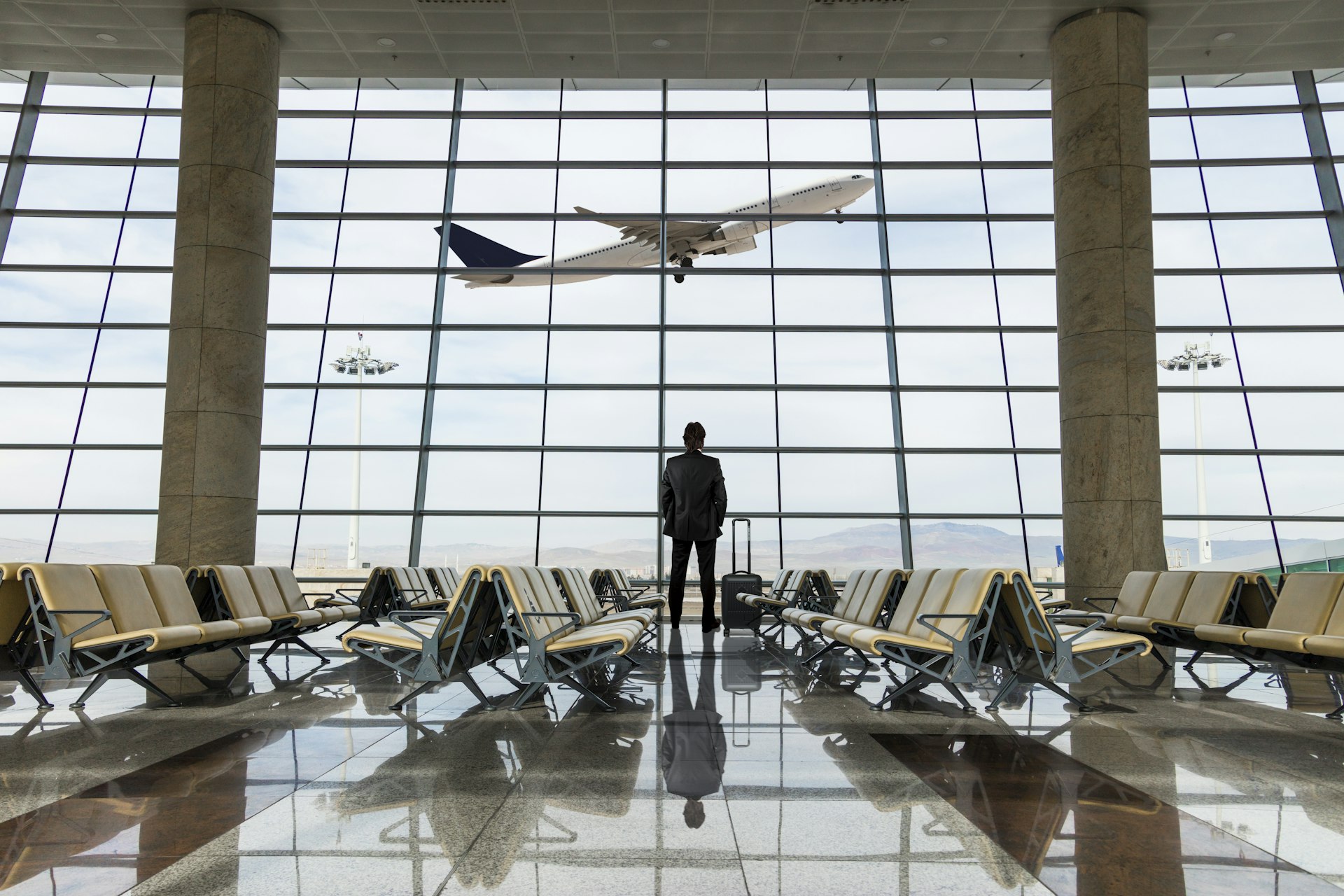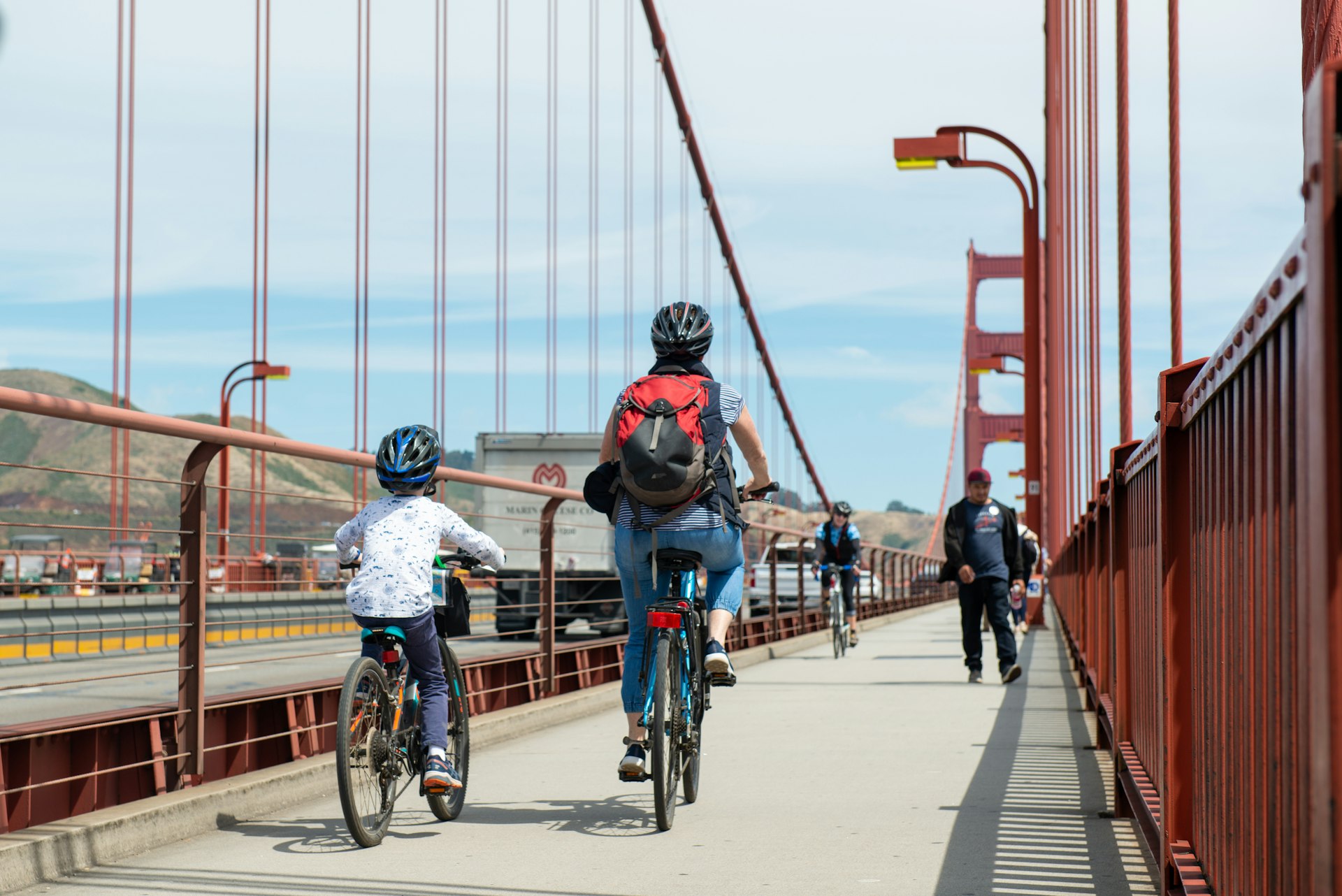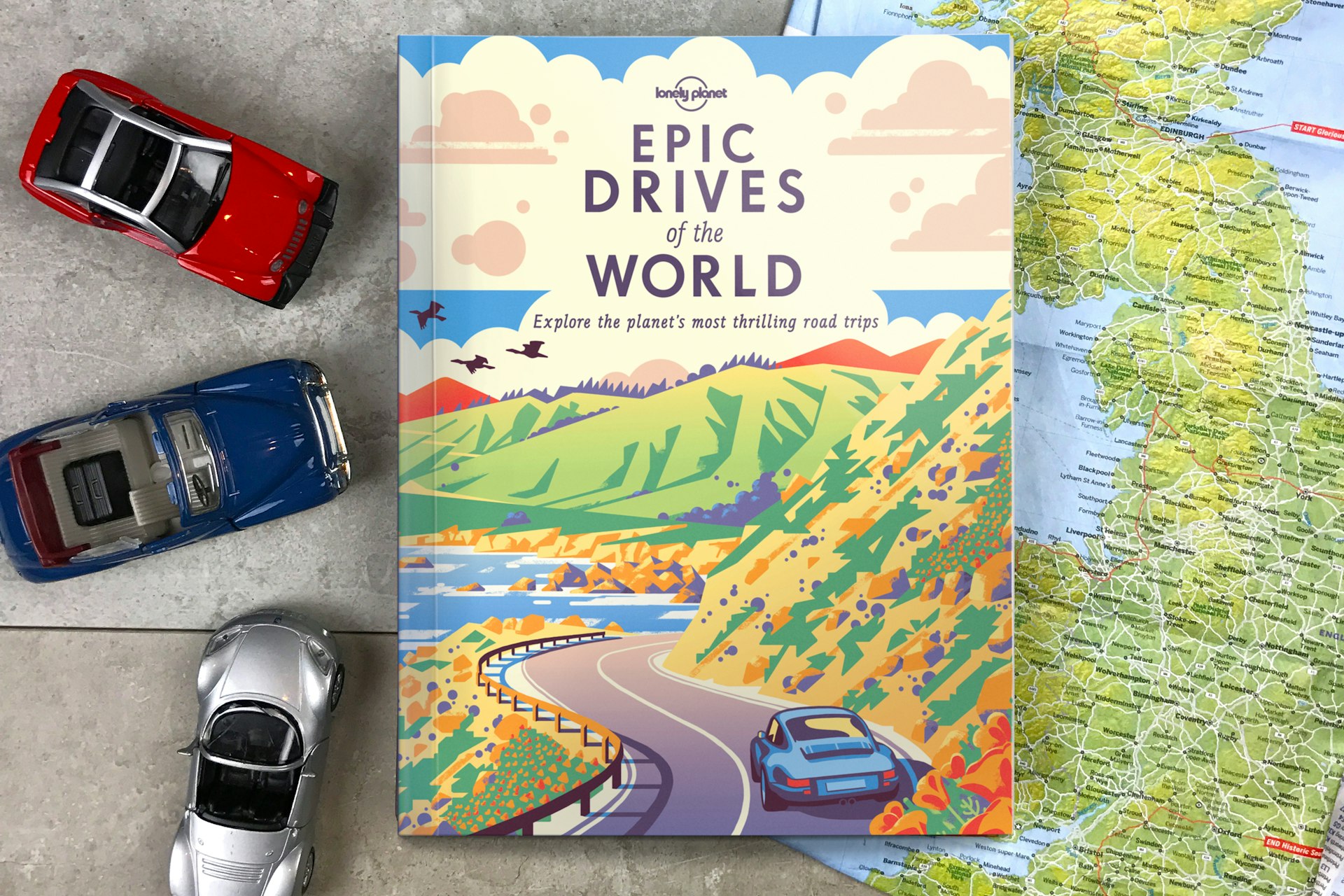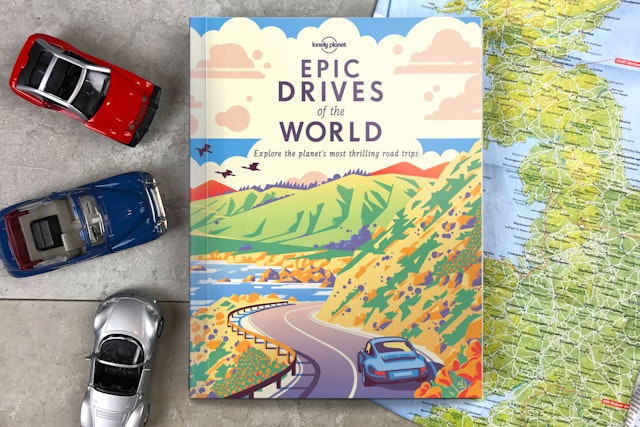Stretching from the Atlantic to the Pacific, the USA covers nearly 4 million square miles, making it the world's fourth largest country by area. That's a big space to cover on a trip, but there are plenty of transportation options to help you get around.
Road tripping has its allure, but burgeoning fuel prices and car hire are taking their toll. Luckily the US has plenty of public transport, plus an extensive air travel network so you can see as much of the country as you wish, depending on your time and budget constraints.
For maximum flexibility, see the US by car
For maximum flexibility and convenience, and to explore rural America and its wide-open spaces, a car is essential. Fuel prices average around $4/gallon, and you can often score fairly inexpensive rentals. The average daily rate for a small car ranges from around $25 to $75, or $125 to $500 per week. Don't put the key into the ignition if you don't have insurance, which is legally required. You risk financial ruin and legal consequences if there's an accident.
Foreign visitors can legally drive a car in the USA for up to 12 months using their home driver's license. However, an International Driving Permit (IDP) will have more credibility with US traffic police, especially if your home license doesn't have a photo or isn't in English. Your automobile association at home can issue an IDP, valid for one year, for a small fee. Always carry your home license together with the IDP.
Some major national companies, including Avis, Budget and Hertz, offer green fleets of hybrid or electric rental cars (eg Toyota Prius or Nissan Leafs), though you'll usually have to pay more. Some independent local agencies, especially on the West Coast, also offer hybrid-vehicle rentals.

Go on a train travel adventure in the USA
Amtrak has an extensive rail system throughout the USA, with Amtrak's Thruway buses providing connections to and from the rail network to some smaller centers and national parks. Compared with other modes of travel, trains are rarely the quickest, cheapest, timeliest or most convenient option, but they turn the journey into a relaxing, social and scenic all-American experience, especially on western routes, where double-decker Superliner trains boast spacious lounge cars with panoramic windows.
Amtrak has several long-distance lines traversing the nation east to west, and even more running north to south. These connect all of the USA's biggest cities and many of its smaller ones. Long-distance services (on named trains) mostly operate daily on these routes, but some run only three to five days per week.
Commuter trains provide faster, more frequent services on shorter routes, especially the northeast corridor from Boston, Massachusetts, to Washington, DC. Amtrak's high-speed Acela Express trains are the most expensive, and rail passes are not valid on these trains. Other commuter rail lines include those serving the Lake Michigan shoreline near Chicago, Illinois, major cities on the West Coast and the Miami, Florida, area.
Ask LP: How can I explore the US by Amtrak?
Get to know the locals on intercity buses
To save money, travel by bus around the USA, particularly between major towns and cities. Middle-class Americans prefer to fly or drive, but buses let you see the countryside and meet folks along the way. As a rule, buses are reliable, cleanish and comfortable, with air-conditioning, barely reclining seats, bathrooms and no smoking.
Greyhound is the major long-distance bus company, with routes throughout the USA and Canada. Routes generally trace major highways and stop at larger population centers. To reach country towns on rural roads, you may need to transfer to local or county bus systems. Greyhound can usually provide their contact information.
Competing with Greyhound is the extensive Trailways network. The 70-plus bus companies that make up Trailways operate on an interlining basis with Greyhound and New England–based Peter Pan, and the Trailways website searches both Greyhound and Trailways fares. Other long-distance bus lines that offer decent fares and free Wi-Fi (though it isn't the most reliable, if it works) include Megabus and BoltBus.
The frequency of bus services varies widely, depending on the route. Despite the elimination of many tiny destinations, non-express Greyhound buses still stop every 50 to 100 miles to pick up passengers, and long-distance buses will stop for meal breaks and driver changes. Many bus stations are clean and safe, but some are in sketchy areas. If you arrive in the evening, it's worth spending the money on a taxi. Some towns have just a flag stop, not always in a walkable area.

Hop around the USA by plane if you're short on time
When time is tight, book a flight. The USA's domestic air system is extensive and reliable, with dozens of competing airlines, hundreds of airports and thousands of flights daily. Flying is usually more expensive than traveling by bus, train or car, but it's the way to go when you're in a hurry. Main "hub" airports in the USA include all international gateways plus many other large cities. Most cities and towns have a local or county airport, but you usually have to travel via a hub airport to reach them. Yes there's your carbon footprint to consider, but if you can always offset.

Plan ahead if you want to go bicycle touring
Regional bicycle touring in the USA is popular. It means coasting along winding backroads (because bicycles are usually not permitted on freeways) and calculating progress in miles per day, not miles per hour. Cyclists must follow the same rules of the road as cars, but don't expect drivers to respect your right of way.
For epic cross-country journeys, get the support of a tour operator; it's about two months of dedicated pedaling coast to coast. Some cities are more amenable to bicycles than others, but most have at least a few dedicated bike lanes and paths, and bikes can usually be carried on public transportation.

Ferries link islands on the coast and the Great Lakes
There is no river or canal public-transportation system in the USA, but there are many smaller, often state-run, coastal ferry services. These provide efficient, scenic links to the many islands off both coasts. Most larger ferries will transport private cars, motorcycles and bicycles. The most spectacular coastal ferry runs are on the southeastern coast of Alaska and along the Inside Passage. The Great Lakes have several islands that can be visited only by boat, such as Mackinac Island, Michigan; the Apostle Islands, off Wisconsin; and remote Isle Royale National Park in Michigan. Off the Pacific coast, ferries serve the scenic San Juan Islands in Washington and Catalina Island in California.

Public transportation is cheap, safe and reliable
Except in large US cities, public transportation is rarely the most convenient option for travelers, and coverage can be sparse to outlying towns and suburbs. However, public transportation in the USA is usually cheap, safe and reliable. The largest subway systems are in New York City, Chicago, Boston, Washington, DC, the San Francisco Bay area, Philadelphia, Los Angeles and Atlanta. Other cities have small, one- or two-line rail systems that mainly serve downtown areas. Light rail systems (trams and trolleys) are becoming increasingly popular in the USA. Denver, Seattle, San Diego, Minneapolis and Portland are among the many places with light rail systems, as are most cities with subways.
Accessible transportation in the USA
If you have a physical disability, the USA can be an accommodating place. The Americans with Disabilities Act (ADA) requires that all public buildings, private buildings built after 1993 (including hotels, restaurants, theaters and museums) and public transit be wheelchair accessible. However, call ahead to confirm what is available. For tips on travel and thoughtful insight on traveling with a disability, download Lonely Planet's free Accessible Travel guide.
Some car rental agencies, such as Budget and Hertz, offer hand-controlled vehicles and vans with wheelchair lifts at no extra charge, but you must reserve them well in advance. Wheelchair Getaways rents accessible vans throughout the USA. In many cities and towns, public buses are accessible to wheelchair riders and will "kneel" if you are unable to use the steps; just let the driver know that you need the lift or ramp.
Most cities have taxi companies with at least one accessible van, though you'll have to call ahead. Cities with underground transport have varying levels of facilities such as elevators for passengers needing assistance – DC has the best network (every station has an elevator), while NYC has elevators in only about a quarter of its stations.


